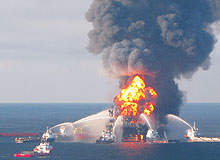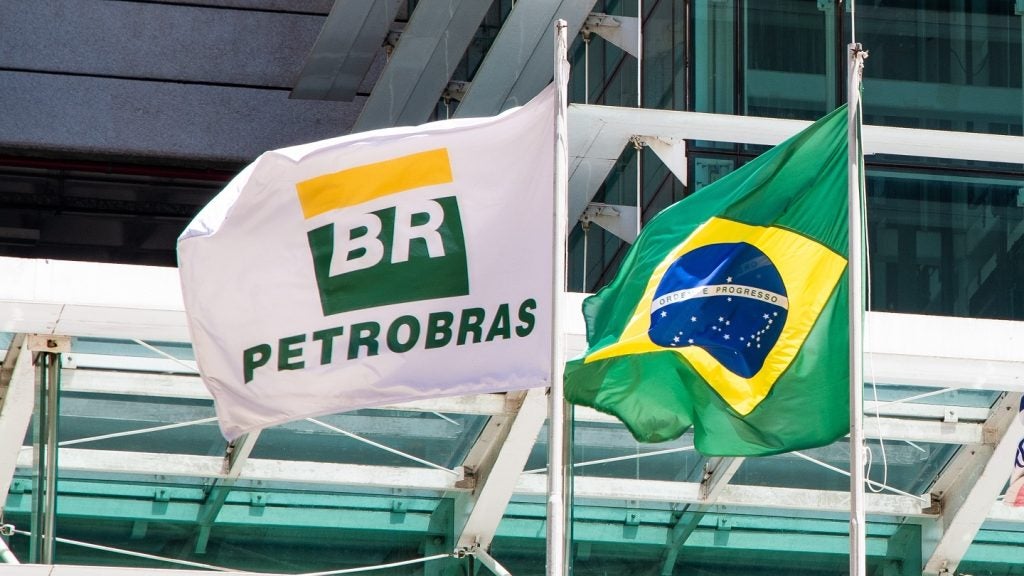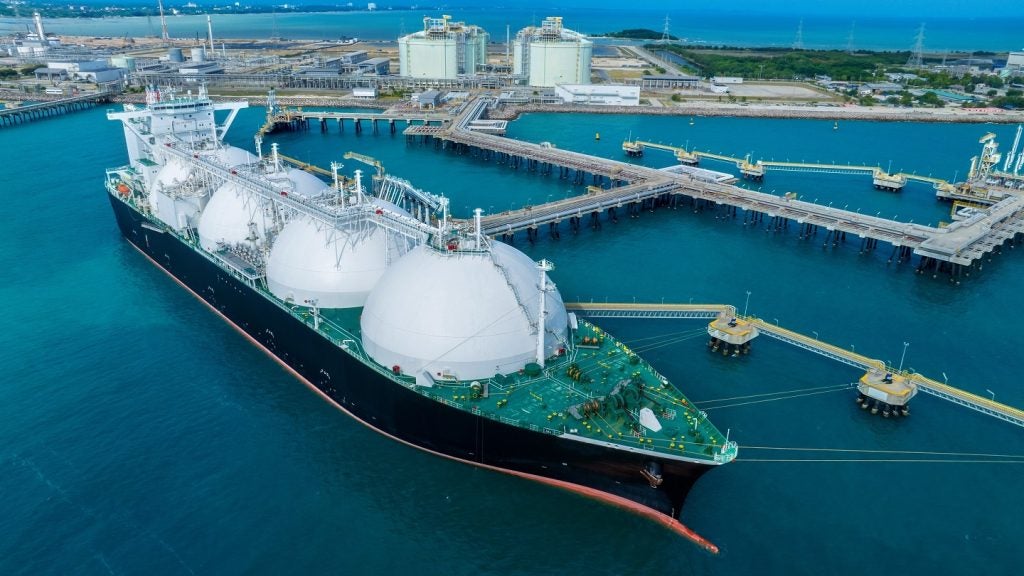
After decades of deepwater drilling in the Gulf of Mexico the region saw its first major oil spill in 2010 with the methane gas explosion of the Deepwater Horizon platform, which is subcontracted by BP. The explosion and the sinking of the platform in April caused the tragic loss of 11 lives, and the spill’s impact on the environment and the economy of the surrounding area was massive.
Lessons to learn
As President Obama accused BP of recklessness and the issue became ever more politicised, it was easy to lose focus on the efforts that were being made to stem the flow of oil from the well and to limit the damage caused to the shoreline, the marine environment and the region’s economy. While politicians played the blame game, there was an unprecedented effort under way to minimise the detrimental effects of the disaster.
As BP executives faced a grilling about the events that led to the spill, estimates of the flow rate of oil from the well were updated frequently. A US Government panel raised its estimate of the flow rate to 35,000- 60,000 barrels per day, way above BP’s initial estimate of 1,000bpd.
Clearly, this was a major incident in terms of its environmental impact on the region, eventually with oil washing up on the shores of all five Gulf states. This has fed the highly charged story, but behind the headlines, what is the truth about how well BP has responded to the incident? More importantly, are there already lessons that the oil industry can learn about how to avoid such a spill in the future?
See Also:
"We need to see what went wrong and fill in the gaps in our knowledge," says Rayola Douphner, senior economic advisor at the American Petroleum Institute (API). "Everyone wants to know what we can do to fix it. Oil companies have operated in deepwater in the Gulf of Mexico for over 30 years and this is the first incident of its kind, so it was a shock. There is a way to go before we understand what went wrong."
How well do you really know your competitors?
Access the most comprehensive Company Profiles on the market, powered by GlobalData. Save hours of research. Gain competitive edge.

Thank you!
Your download email will arrive shortly
Not ready to buy yet? Download a free sample
We are confident about the unique quality of our Company Profiles. However, we want you to make the most beneficial decision for your business, so we offer a free sample that you can download by submitting the below form
By GlobalDataTrade association API represents over 400 companies in the oil industry, including producers, refiners, marketers and contractors. It plays a key role in setting standards for the industry, regarding every aspect of operations, and has responded to the Deepwater Horizon incident by setting up task forces to look at issues such as safety in offshore facilities, the use of remotely operated vehicles (ROV), and how to contain undersea spills. API’s role in bringing together participants in the oil industry gives Douphner a good view of how the industry as a whole is responding to the spill. Her insight suggests that oil producers are pulling together.
"Other companies use the same or similar blowout preventers as BP does, so the industry wants to know what happened," she says. "There will be a lot of questions about whether this problem could happen again, but this is an overall industry issue that every company wants to prevent. There are also other worries. There are moratoria on new leases in the area after the incident, so companies are worrying that they will be shut down, now they could see their oil workers laid off."
Stemming the flow The API has already made several recommendations based on the findings of its task forces, but Douphner recognises that there is more work to be done before the precise causes of the spill can be pinpointed.
President Obama blames a lack of responsibility at BP and the companies it worked with on Deepwater Horizon, including Transocean and Halliburton. So far, BP has highlighted possible causes, including problems with the cement seal between the reservoir and the well, inaccurate pressure test reading to confirm the strength of the seal, the performance of the blowout preventer and failure of the automatic closure system on the preventer.
While the final conclusions of any analysis of the blowout on the rig are still some way off, what is certain is that BP has tried a number of innovative solutions to stem the flow of oil, and has made a huge effort to limit the damage. When the blowout preventer failsafe device failed to cut off the well, BP used ROVs to try to close the valves 1,500m below the ocean surface. It also attempted to place a container dome over the largest leak and funnel oil to a vessel on the surface. Another technique was ‘top kill’, in which fluids are pumped into the preventer to restrict oil flow before cement seals the well.
"I saw the daily statistics from the US Government and from BP and I’m stunned by the mobilisation efforts, which are on a scale never before seen in the industry," says Douphner. "Over 1,300 vessels have been mobilised, but of course from outside it seems as if this is not enough when oil is washing ashore. BP has thrown everything at it. It has been a tough one, very hard to watch, but it is hard to resolve it any quicker. The action taken and public perception don’t match up. BP has tried many things that have never before been done at that depth.
"No one wanted it resolved more than BP, but the other oil companies are next on the list. There are questions such as whether acoustic switches could have helped, but no single thing stands out that could have been done differently to prevent this spill. What is certain is that we will learn a lot about safety procedures." BP Finally succeeded in stemming the flow of oil on 15 July; but the clean-up operation has continued in earnest.
Keep moving forward
Impressed by the efforts made to control the spill, Douphner feels that there should be a more balanced approach on all sides to resolving the problem. "It is important that the incident does not get too politicised," she says. "It needs scientific discussion to get to the real answers. People will be poring over this for years to come, looking at what the procedures are and how to make them better. That could mean testing blowout preventers once a week, but it could also include many other things we can’t yet identify."
The priority is clearing the oil spill up. Then the industry needs to work to ensure that this does not happen again. "The industry has a great safety record in the Gulf of Mexico, where it has been drilling since 1947, and for the last 30 years it has been drilling in deep water," Douphner adds. "Most of the oil in the world’s oceans comes from natural seeps of oil, less than 4% is from tankers, and historically there is hardly any from spills in the Gulf of Mexico."
Furthermore, she feels that demonising BP – or the oil industry as a whole – will ultimately do more harm than good. "BP stood up right away and said it would pay for the clean-up, and it has already paid out millions of dollars," she says. "The incident presents the industry with an important learning curve."






